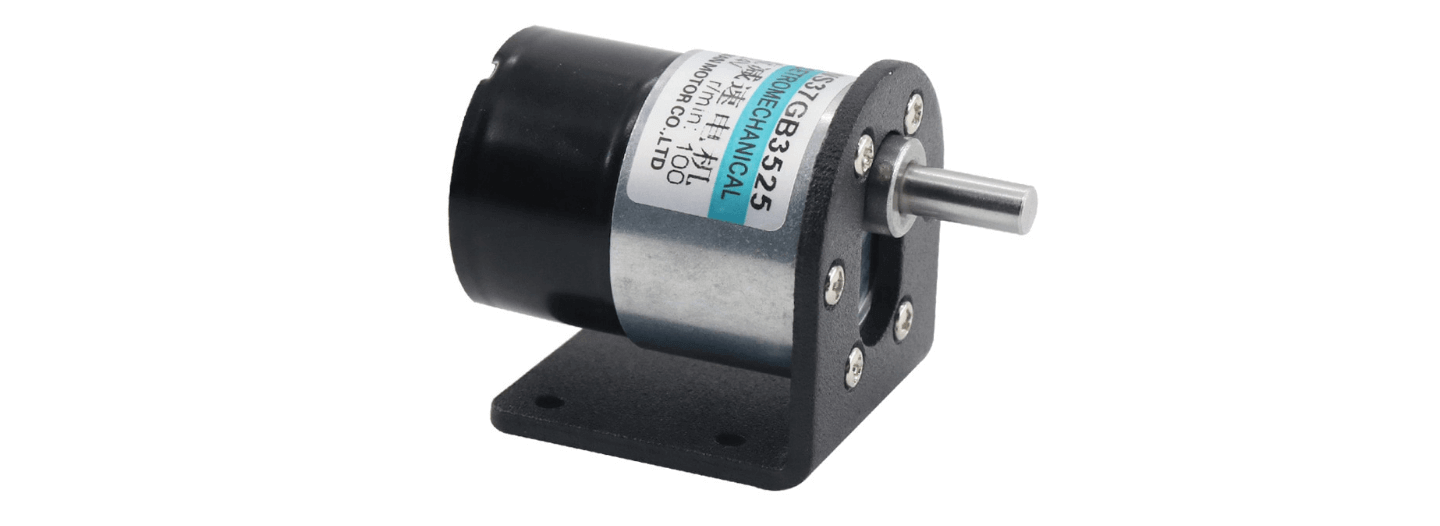ZHAOWEI is one of the top providers of custom engineering. The company is responsible for designing engine parts using DC motor, brushed, brushless, and stepper technology. ZHAOWEI aims to meet the specific demands of different clients who require the products for a variety of applications. The company has been in the business for half a decade now. Some of the products by the company are micro Gearmotor like brushless and brushed gear motors.
The difference between a brushed and brushless motor
A brushed motor utilizes an arrangement of wound coils of wire, the armature, going about as a two-post electromagnet. Its directionality is turned around twice per cycle by the commutator. The commutator is a mechanical rotating switch. Its movement encourages current flow through the armature; consequently, the electromagnet’s posts do pull as well as a push against permanent magnets aligned on the outside of the engine. The commutator at that point turns around the polarity of the armature’s electromagnet as its shafts cross the lasting magnets’ posts.
A brushless motor, on the other hand, uses a perpetual magnet as its external rotor. Also, it utilizes three phases of driving curls and a particular sensor that tracks the rotor position. As the sensor tracks the rotor position, it conveys reference signs to the controller. The controller, thus, initiates the loops in an organized way – one stage after the other.
Which is Better?
In a traditional electric motor, the rotor (pivoting some portion of the machine) is driven inside the stator (fixed part). Both are associated with an electrical association: the commutator, also known as the collector, which is in contact with little carbon brushes.
With brushless innovation, the rotor comprises of magnets and the stator of curls that are then again charged emphatically or adversely. In this way, the shafts pull in and repulse, permitting the engine to turn. The favorable position is that there is no physical contact between the rotor and the stator. The vitality goes from one to the next through the attraction between electromagnets.
Fueled by a direct current, the engine works with an exchanging current created by an electronic card that changes the direct current into a three-stage variable recurrence. Along these lines, loops are taken care of to make a turning field, and in such a manner, the revolution takes place. The electronic module, incorporated with the engine or in a lodging ceaselessly controls the current, so the engine works at most extreme proficiency. This improves in general execution and along these lines gives genuine incentive to cash
Bottom Line
In rundown, brushless motors are superior to brushed units. Clients can exploit diminished upkeep, improved proficiency, decreased warmth, and clamor. The brushless motors are coordinated units with at least one lasting magnets. Force instruments with a brushless engine are currently viewed as top of the line items. A DC engine comprises two electrical parts: the stator and the rotor. While fueling the engine, it makes an attractive collaboration that gets the engine underway. At the point when you switch the heading of the voltage that controls the engine, it turns the other way.
.
